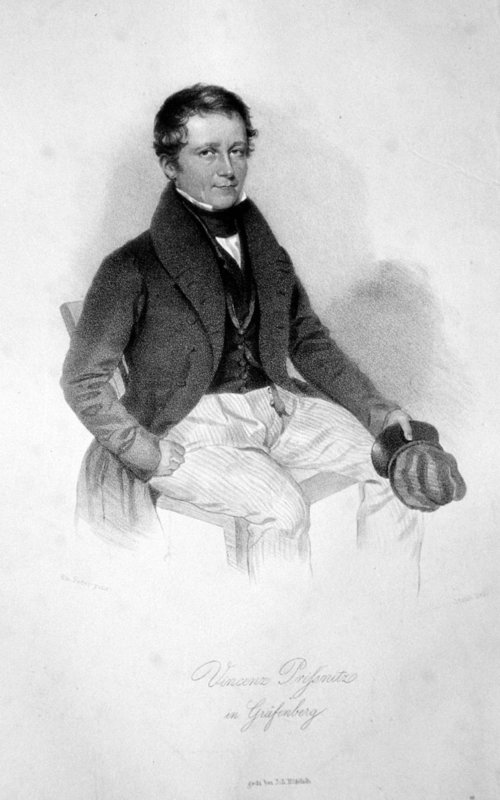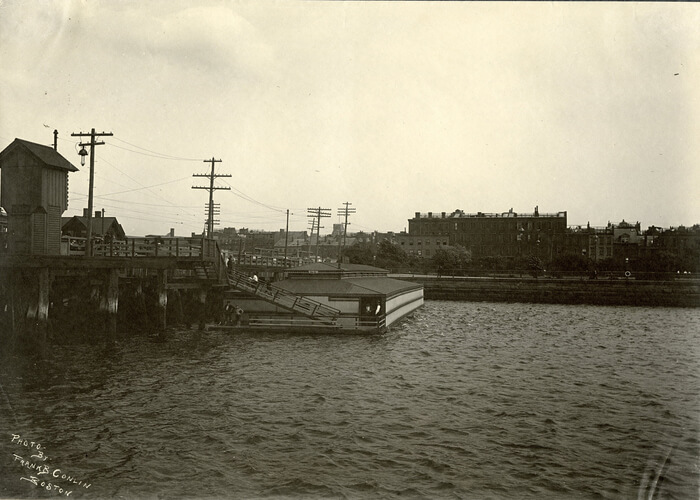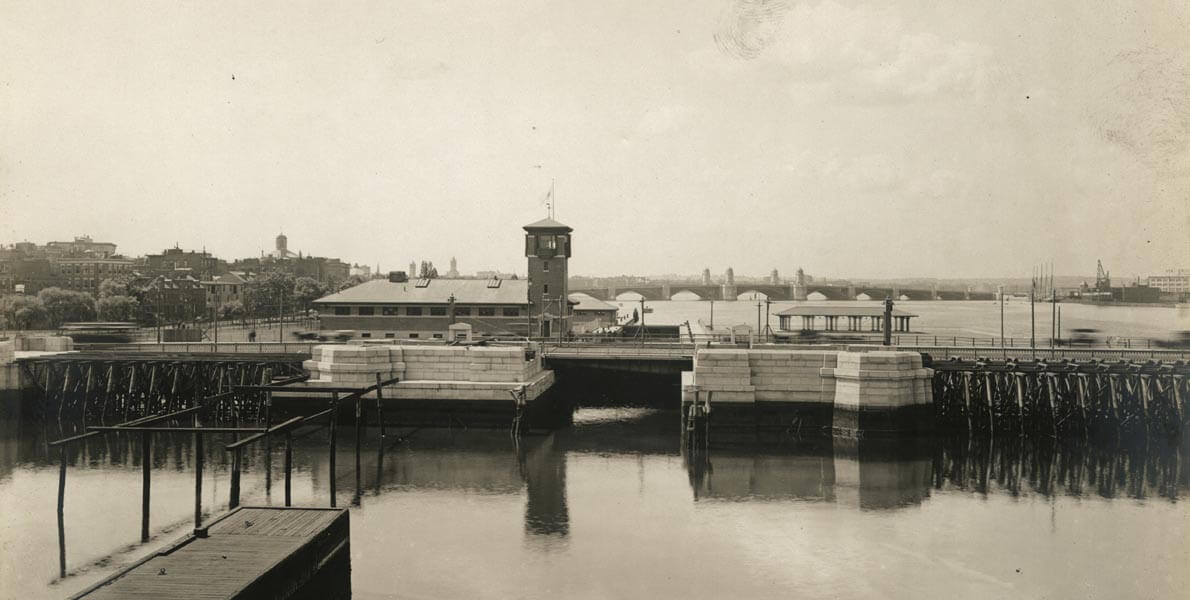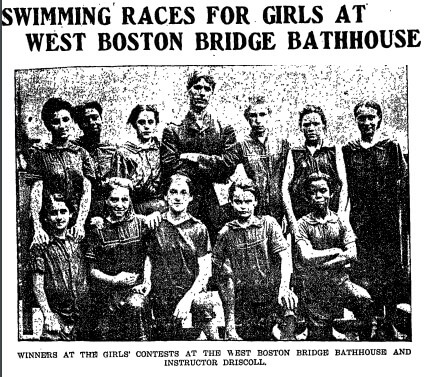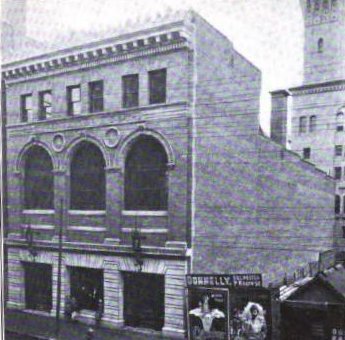The Public Bath Movement in Boston
Public baths are generally an unknown phenomenon in the United States today, but in the 19th and early 20th century, the public bath movement brought with it the creation of hundreds of outdoor and year-round bathing establishments in the country’s large cities, including Boston and the West End.
From Colonial times until the mid-19th century, most people in the United States only regularly washed their face, hands, and feet. The practice of full body bathing did not become popular until Vincent Priessnitz, a farmer from Austrian Silesia (part of today’s Czech Republic), developed the theory of modern hydrotherapy. Hydrotherapy is a method of preventing and treating diseases by drinking or bathing in water, and it gained a massive following on both sides of the Atlantic. During the 1840’s and 1850’s over 200 Hydropathy centers were built across America, mainly near natural springs. When the medical field also began to embrace germ theory in the late 19th century, cleanliness was seen as even more of a necessity for good health, accelerating public demand for bathing facilities closer to home.
In the 1840’s, massive waves of European immigrants flowing into American cities caused overcrowding that led city officials to conduct formal investigations into urban public health. These studies revealed unsanitary conditions which may have contributed to the higher than normal mortality rates of urban immigrants. Public health reformers believed that baths would improve the overall health of cities, the moral character of the poor, and better assimilate immigrants into American society. Despite the discovery of this need, city officials were slow to act on the demands of reformers. By the 1850’s there were still only commercial baths that served the middle and upper class. Boston at this time had around twelve commercial baths that charged 12 to 25 cents per bath; a price too expensive for working class residents.
The establishment of municipal public baths for the poor began to pick up during the Gilded Age (1860s to 1890’s) and continued into the succeeding Progressive Era. Cities focused on building floating baths on riverfronts and beach baths on waterfronts that only operated in the summer. In 1866, Boston appointed a joint committee of the Common Council and Board of Aldermen to examine the practicality of establishing free bathhouses in the city. They eventually selected suitable locations around the city for saltwater baths, four floating baths, and one beach bath which opened in the same year. These floating baths were wooden, dock-like structures that resembled modern swimming pools with shallow areas for small children and dressing areas on the sides. They proved so successful that Boston had fourteen of them by 1897.
The two floating baths located in the West End were the West Boston Bridge Bath and Craigie’s Bridge Bath. Craigie’s Bridge Bath was the more popular of the two, and in the summer of 1905 officials reported an annual attendance of 130,981 visitors. The West Boston Bridge Bath held annual swimming contests of 50 and 100 yards that attracted 300 boys and girls aged seven to twenty from mainly the West End. In addition to regular swim races, the West Boston Bridge Bath hosted potato races where participants had to recover potatoes thrown into the water.
Floating and beach baths could only operate in the summer, and it was not until the 1890’s when city leaders began to build year round baths for the working class. The Dover Street Bath which opened in 1898 in the South End became Boston’s first year-round bathhouse. Apart from city government, private charitable organizations and businesses also built bathhouses, such as the United Shoe Company of Boston which provided bathing facilities for employees. After 1900, planners designed combined bathhouses and gymnasiums, marking a shift from baths for health to baths for recreation. These combined gymnasiums and bathing facilities cost less to operate and boosted the popularity of baths in the early 20th century.
Despite its dense population and crowded living conditions, the City of Boston had no plans to build a year-round bathhouse in the West End. West Ender’s made several attempts to overturn this decision. In 1906 West Ender’s organized a petition drive which collected approximately 1000 signatures. The West End Women’s Ward Committee made public baths part of its platform in 1910, and in 1916 West End families blamed health issues on the lack of a public bath in front of city officials at Ford Hall. In the end, though, the West End never got its year-round bath.
Article by Queenie Chen, edited by Bob Potenza
Sources: Boston Globe (August 31, 1902, page 9); Boston Globe (September 08, 1905, page 2);Boston Globe (November 09, 1906); Boston Globe (May 17, 1910); Boston Globe (1872-1922); Apr 3, 1916;; Boston Globe (July 21, 1923, page 14);; Boston’s Experience with Municipal Baths by Jane A. Stewart; Good Old Boston; Washing “The Great Unwashed”: Public Baths in Urban America, 1840-1920 by Marilyn Thornton Williams.


